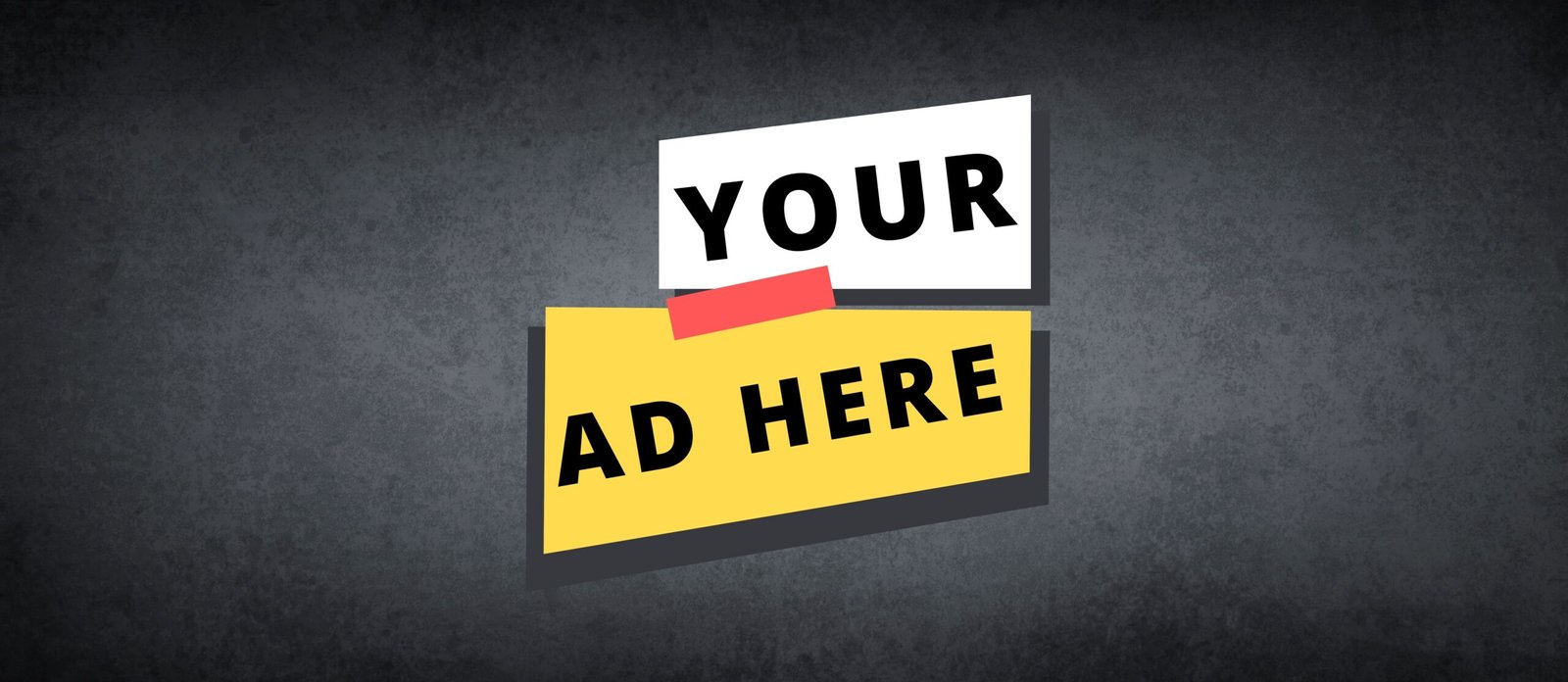In today’s art world, choosing between a digital or print portfolio can shape how you present your work to galleries, clients, or collectors. With technology evolving and traditional methods holding strong, both formats offer unique advantages. As of June 2025, here’s a breakdown to help you decide which suits your needs.
The Case for Digital Portfolios
Digital portfolios are increasingly popular, especially with the rise of online art platforms and virtual exhibitions. A well-designed website or PDF allows you to showcase high-resolution images, embed videos, and share your work instantly via email or social media. The accessibility is a game-changer—artists can reach a global audience without the cost of printing or shipping. Recent trends, like the success of digital art on blockchains (e.g., Art Blocks and Tezos auctions), highlight how technology enhances visibility. Plus, digital formats are eco-friendly and easy to update, making them ideal for artists embracing the tech-driven market seen at events like Osaka Art & Design 2025.
However, digital portfolios depend on reliable internet and devices, and there’s a risk of being overlooked in a crowded online space. Security is another concern—protecting your work from unauthorized use requires careful measures.
The Appeal of Print Portfolios
Print portfolios offer a tactile, personal experience that digital can’t replicate. A beautifully bound book or curated selection of prints can leave a lasting impression during in-person meetings, like those at the Paris Tribal Fair or New York Art Week. The physicality adds a sense of professionalism and authenticity, appealing to collectors who value traditional craftsmanship. With events like the Diane Arbus exhibition at the Park Avenue Armory showcasing the power of physical art presentation, print remains a trusted format.
The downside? Print portfolios are costly to produce, less flexible to update, and less convenient for international sharing. They also require careful storage to avoid damage, which can be a logistical challenge.
Which Should You Choose?
The best choice depends on your goals. For broad exposure and cost efficiency, a digital portfolio is a must—consider pairing it with a simple, mobile-friendly site. For high-stakes pitches or personal connections, a print portfolio can set you apart, especially in markets valuing tangible art. Many artists opt for a hybrid approach, using digital as the primary tool and keeping a select print version for key interactions.
In 2025’s dynamic art scene, blending both formats could maximize your reach. What’s your preference—digital ease or print impact? Share your thoughts below!




















Artists can hardly pay for the rent . And even to make apdf with quality pictures is an ordeal. Save your book,/print portfolios for the snobs who can afford.